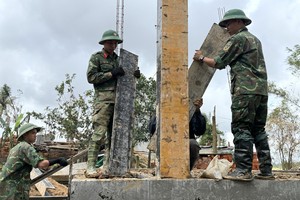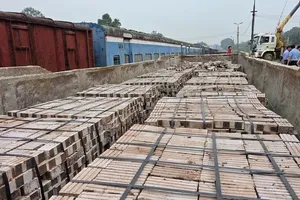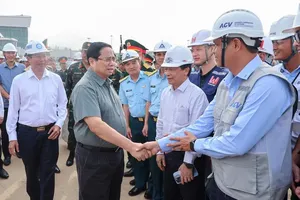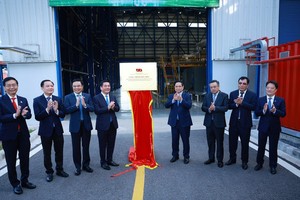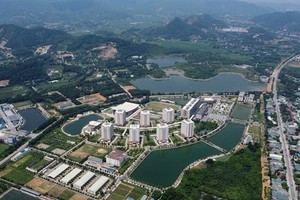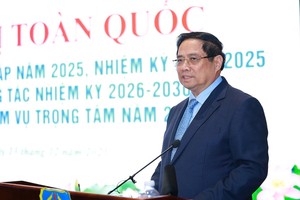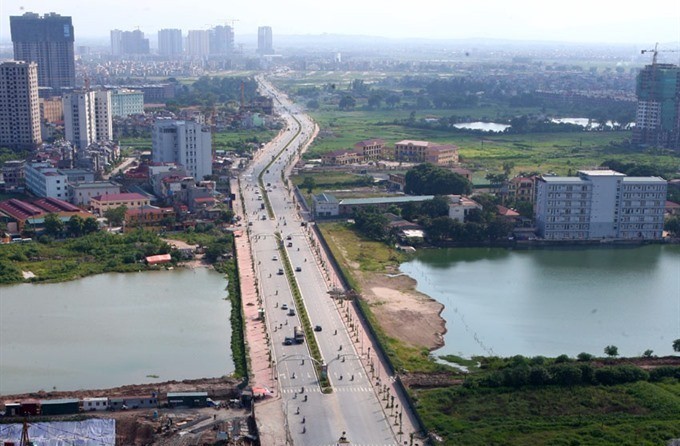
The GI recommended holding Hanoi authorities accountable for the faults.
The GI said all BT projects were behind schedule and had entailed significant cost overruns. It said contractors were “not sufficiently capable of mobilising capital” and also blamed a “failure to disburse budget in accordance with set schedule.”
Seven BT projects caused massive loss – the construction of the Yen So wastewater treatment plant, the Le Van Luong Road extension, the southern main road of Ha Tay, a street connecting Le Duc Tho and the new urban area Xuan Phuong, a road surrounding the Chu Van An memorial site, and the Hanoi–Hung Yen interprovincial road.
Regarding the main southern road of Ha Tay, nearly all parties involved – the People’s Committee, Department of Finance, Department of Transport, and the investor – were found to be at fault and violating the BT contract terms.
The GI also reported that the investor has misappropriated large amounts of State budget. The state-owned Civil Engineering Construction Corporation No.5 (CIENCO5) – responsible for the project – was asked to “immediately” pay back VND1.428 trillion ($62.8 million) to the State budget - VND902 billion in interest expenses and VND510 billion for the difference between land use costs and the actual costs of the BT project.
Regarding the Chu Van An memorial site and Hanoi–Hung Yen Road and Long Bien District intersection, the GI is asking to cut VND100 billion ($4.4 million) from the balance sheets of these projects.
With projects currently behind schedule, GI is proposing that the Hanoi People’s Committee order competent agencies to review the capabilities of investors and to decide whether they can continue.
Yen So wastewater treatment plant’s construction began without approval by the Ministry of Construction’s or Hanoi Department of Science and Technology. More importantly, the quality of post-treatment water “did not satisfy the contract’s terms,” the GI report says.
Most of the infrastructure projects are being carried out within the frameowork of the "trading land for infrastructure" programme. The programme, inplemented in various cities and provinces, enables investors to carry out infrastructure projects and get paid with State land.
However, there was no clearly defined protocol to valuate the land, which easily led to corruption and loss. By 2004 the Government decided to put a stop to this mechanism, replacing it with a bidding requirement. However, the Law on Land 2013 continues to provide legal status to the BT (Build-Transfer) model, which is basically the same as the "trading land for infrastructure" mechanism according to many experts.









